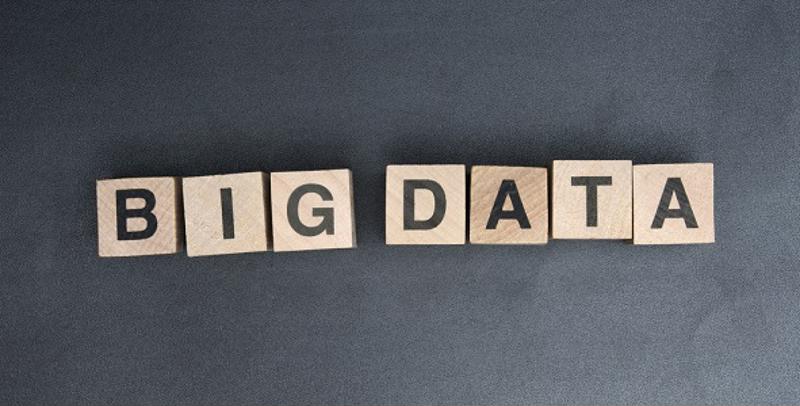
The advantages of data analytics for modern banking
By Max BurkhalterFebruary 25, 2021
Across industries, data has become an extremely valuable resource. This is especially true in the financial services sector, where big data has opened up new opportunities, delivering benefits to customers and employees alike. Understanding how banking and big data work in practice requires familiarity with the technologies used to collect, clean and analyze the data sets of information gathered from a variety of channels.
The banking market and consumers who utilize finance products generate an enormous amount of data on a daily basis. Analytics software has changed the way this information is processed, making it possible to identify trends and patterns which can then be used to inform business decisions at scale. While one piece of data is a single data point, multiple pieces of information can create a larger picture that can be used to recognize patterns in customer behavior, purchasing choices and other key insights.
Big data, big needs
Processing large amounts of data requires significant resources. Banks must install powerful servers capable of running analytics, including machine learning and artificial intelligence software. Alternatively, they must invest in cloud-based software, although on-premise database storage is still preferred by most financial institutions for security reasons.
The financial services industry was among the first to adopt big data analytics and use it in strategic planning to identify market trends and gain an advantage over the competition. Predictive analytics allows for faster movement and long-term planning to decide what types of products to offer customers and when to offer them. AI, specifically, helps drive this proactive strategy, prevent banking customer churn and promote best actions when it comes to retail.
Where does all of the data used in banking originate from? With the widespread digitalization of financial services, data streams come in from payment processing services, online banking portals, mobile banking apps and automated teller machines. These sources have been built up over the past few decades, but up until now, the industry has failed to appropriately manage these pools of information to their benefit.
With the advent of high-powered computing capability, banks are now able to harness the potential of customer data and analyze it for advantages against their competitors. Analytic trends can empower banks and give them a stronger position in the marketplace. However, as McKinsey points out, only 7% of banks are fully leveraging key analytics.
Sales and marketing
Direct marketing and sales efforts in the banking industry are now being driven by analytics which demonstrate the strategies that will generate the highest returns and how the segmentation of consumers across categories can make cross-vertical marketing easier to manage.
Demographics can be more readily reached with campaigns that are tailored to their specific needs and expectations. The sales funnel has been transformed with the power of analytics as a result of big data. Leads are now highly qualified, and can be pushed to the sales team, where additional processes can be implemented to determine which potential consumers are most likely to turn into long-term customers.
Data analytics can also identify opportunities for cross selling, allowing banks to better bundle services and create product packages that appeal to customers at specific points in their lives. Consumers on the verge of buying a home, growing their family or investing their money can be identified and targeted with specific verbiage and visuals.

Customer support
Another area in which data shines is in customer support services. Continual data gathering provides knowledge and insight into what problems consumers are facing. If data shows similar queries being consistently presented to a specific service department, a knowledge base can be created to provide a self-service option. User experience can be improved with the speedy resolution of their problems using information gathered from past interactions. However, according to Forrester (as reported by Forbes), 80% of banks don't have the tech in place they need to meet consumer demands for user experience.
Fraud and security
One of the largest ways in which data analysis has impacted the financial services industry lies in fraud prevention and detection. The ability of machine learning and AI to spot patterns in consumer behavior and transactional data allows for aberrations to be quickly identified and investigated. This allows for the rapid recognition of potentially fraudulent activity, providing banks with ways to cut costs associated with fraud and improve levels of customer trust.
Data centers
To access the computing power required to process big data and identify emerging trends, banks require enterprise-grade infrastructure and vast storage space. A data center can be expensive but may be the best way to secure customer privacy, financial data and transactional information. Security is of the utmost importance, and requires a zero-trust network to prevent unauthorized access. For smaller banks with limited resources, it may be recommended that the most sensitive data be stored on premise, while the rest of the company data may be stored in the cloud.
Contact Perle today to learn how data center management can help leverage bank customer data to the fullest.



